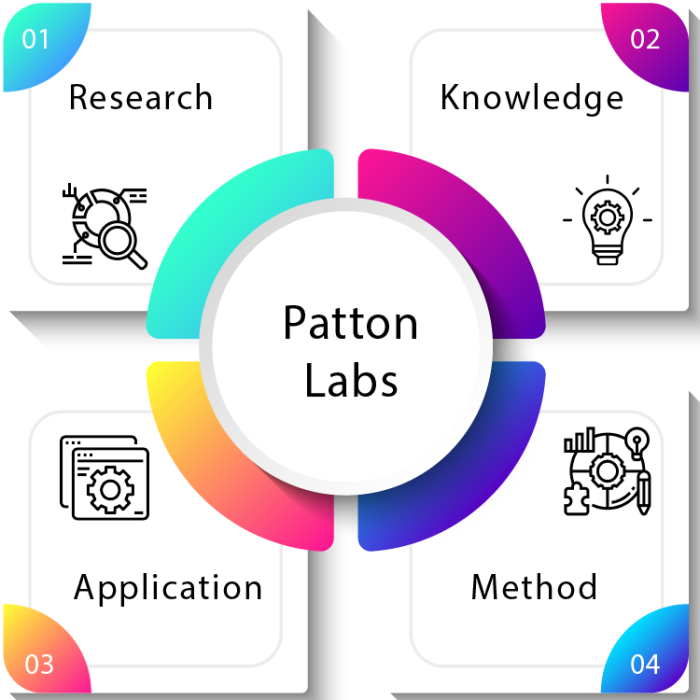FORT BELVOIR, Va. (June 2025)-In the Letter to the Force: Army Transformation Initiative, released May 1, Dan Driscoll, Secretary of the Army, and Gen. Randy George, Chief of Staff of the Army, mentioned how battlegrounds were rapidly altering and how "adaptation is no longer a benefit - it's a requirement for survival."
Army researchers and technical professionals at the U.S. Army Command, Control, Communications, Computers, Cyber, Intelligence, Surveillance and Reconnaissance (C5ISR) Center, are committed to establishing innovation and devices to increase those odds of survivability. The Center's goal is to guarantee U.S. military forces have the capability to see, sense, interact, and move faster than near-peer foes.
In line with our military forces having the ability to "see and communicate," the Center has actually adapted and enhanced Fifth-Generation cordless network technology, more frequently understood as 5G. Improved 5G abilities will reinforce network resilience throughout a theater of operations-ensuring constant operations with very little disruptions or failures. Additionally, 5G is considerably faster than its predecessors, more steady, and secure. 5G likewise has a shorter data-processing delay across networks-this hold-up is referred to as latency.
"On today's battleground, Soldiers, vehicles, and equipment are frequently expanded throughout excellent ranges," said Beth Ferry, C5ISR Center Director. "The Army needs to ensure its systems stay interconnected despite austere conditions, ecological and geographical challenges, or interference from enemy forces. The low-latency and high dependability of 5G networks would make sure that battle and support teams stay connected and can communicate without hold-ups or dropped signals."
5G technology has had widespread business availability given that 2019. The C5ISR Center has been at the leading edge of adapting 5G technology for tactical usage, while working together with industry, because 2020. The improved 5G wireless technology that the C5ISR Center is adjusting, gives the Army and its warfighters a needed increase in its cellular capability.
The C5ISR Center's amplified 5G testing will help the Army reach its next level of network connection. With the increased number of service members heading to the U.S.-Mexico border, and the increase in international disputes, advanced connectivity ends up being a requirement.

"Our goal is to improve the network by leveraging commercial innovation," said Mike Piesen, C5ISR Center 5G Lead. "Where cellular really shines is through its scalability and latency. As we generate more robotics and self-governing platforms into the exact same area, and spectrum gets more overloaded, the high spectral efficiency of 5G becomes important."

To keep up with emerging technology and remain ahead of the Army's foes, researchers and engineers with the C5ISR Center's Mobile and Survivable Command Post team started explore 5G technologies to improve its secured command post systems and to remain less noticeable.
"We can utilize the business networks in place when we feel the network is relied on," stated Piesen. "There's a crucial concept of 'concealing in plain sight' when it comes to 5G. As cellular networks become more and more ubiquitous, industrial signals in the electro-magnetic (EM) spectrum become more common and modified military signals can become more visible."
The C5ISR Center carried out additional security features and network defense to permit Army users to be less prone to foes on the business networks.
Throughout the next couple of months, the C5ISR Center will experiment, test, and refine its 5G abilities during Network Modernization Experiment 25. The Center will work to make use of present infrastructures to decrease costs. Once the Center establishes a fully grown 5G capability, this improvement would enable more linked devices with faster real-time data processing.
"What we want to do is to attempt to use existing infrastructure anywhere we go, if we can do it safely and safely," said Piesen. "So, it helps if we can utilize what's currently there, but we'll likewise bring our own private cellular network. By doing this, it provides the finest of both worlds where you can get the universal coverage that individuals expect."
By incorporating more 5G information technology into Army operations, this upgrade might increase interaction dependability and potentially decrease constraints in bandwidth, speed, and security-establishing network durability across the Army. Additionally, 5G enhancements would enable real-time cooperation between ground systems, improving situational awareness, and make sure near-instantaneous, safe transmission of crucial data across long distances-which in turn can improve Soldier-lethality.
"Certain technology enables us to link-up together, and not simply cell phones. We can have vehicles, drones, sensing units, or perhaps Soldiers on the relocation," said Piesen. "There's a lot you can do with 5G and cellular, in regards to the economy of scale for the handhelds that you may not have the ability to do with more standard tactical systems."
If a facilities does not exist, don't fret, the Center has that covered too. The company can bring its own. "We can take advantage of the same base-station innovation to bring that smooth wireless capability where it's required most at the tactical edge," said Piesen.
The development of 5G innovation with high-speed data transmission might offer a necessary capability to organizations internationally. Having enhanced capabilities could permit unmanned aerial systems and unmanned ground vehicles to operate effectively and effectively in a multi-domain operation.
"The cellular industry invests about 100 billion dollars a year into improving simply 5G/6G technology," said Piesen, "The federal government can't keep up with that level of business investment, however we can take benefit of it by carrying out 5G where it makes sense."
_____

The U.S. Army Command, Control, Communications, Computers, Cyber, Intelligence, Surveillance and Reconnaissance Center is the Army's used research and advanced technology advancement center for C5ISR abilities. As the Army's primary integrator of C5ISR technologies and systems, DEVCOM C5ISR Center supports our networked Warfighters by determining, establishing, growing, and rapidly incorporating ingenious innovations to drive constant improvement.
DEVCOM C5ISR Center is a possession of the U.S. Army Combat Capabilities Development Command. DEVCOM is Army Futures Command's leader and integrator within a worldwide environment of scientific expedition and technological innovation. DEVCOM expertise covers eight significant proficiency locations to offer integrated research study, advancement, analysis and engineering support to the Army and DOD. From rockets to robotics, drones to dozers, and aviation to weapons - DEVCOM innovation is at the core of the fight abilities American Warfighters need to win on the battlefield of the future. For more information technology, check out c5isrcenter.devcom.army.mil/.








